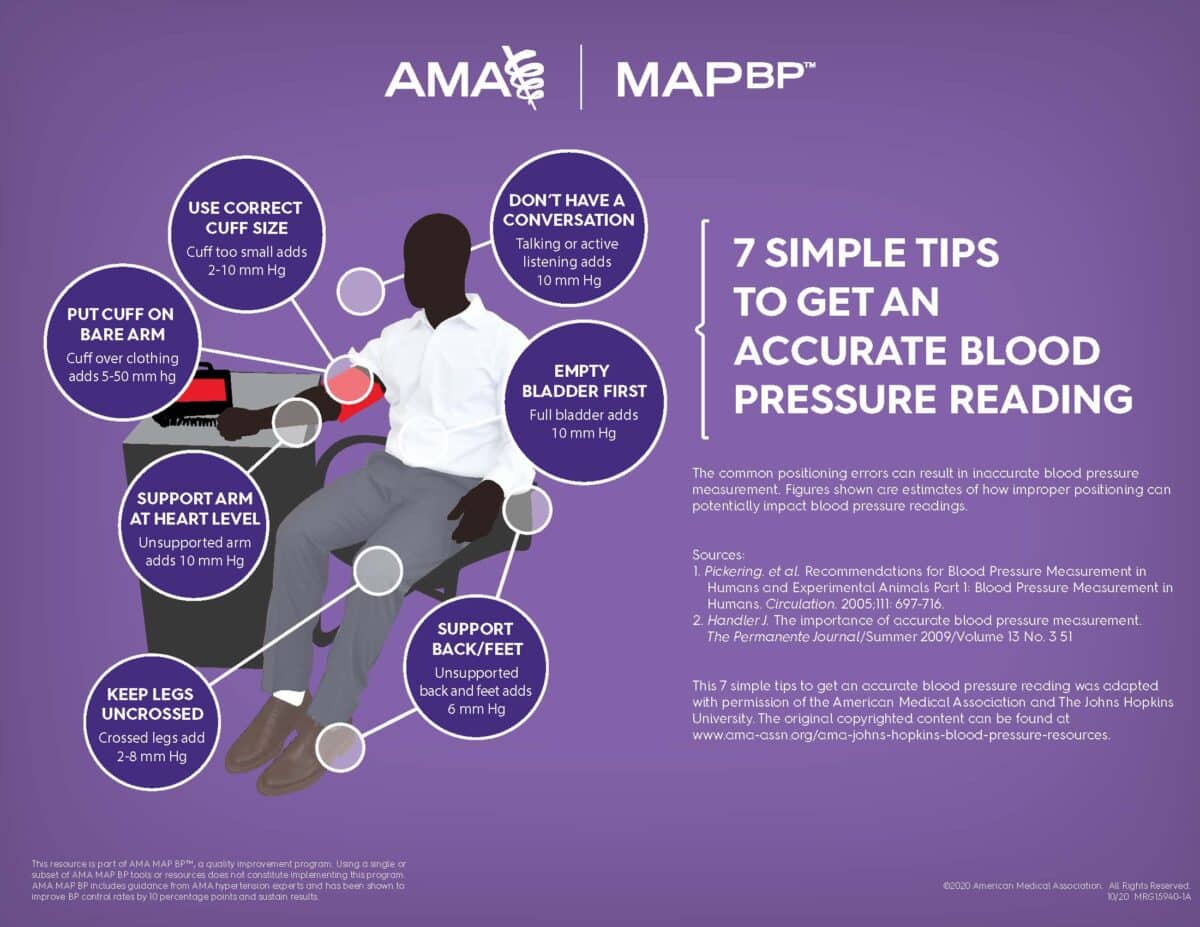From clinical care to clinical trials
The importance of proper clinic BP assessment methods
Jeff Heilbraun, M.S. – Vice President, Medical and Scientific Affairs, Cardiac Safety at Clario
Dr. Todd Rudo – Chief Medical Officer at Clario
Awareness of one’s blood pressure (BP) is critical for cardiovascular health and overall well-being. There’s overwhelming evidence that untreated high blood pressure (hypertension) is associated with adverse consequences such as stroke, heart attack, kidney disease and death. Often when thinking of hypertension, one pictures sitting in their clinician’s office with a blood pressure cuff around their arm and a nurse or physician with a stethoscope and manometer assessing their blood pressure. This picture is now evolving within both the clinical care and clinical trials environment. Over the last few years, there’s been a trend towards the use of validated automated oscillometric BP devices, rather than the previous standard of a manometer (aneroid/mercury) and a stethoscope to manually assess the brachial blood pressure.
Implementing automated oscillometric BP assessments with a validated device has a number of benefits, including standardization of assessment methodology, digital data capture, and ability to collect and average multiple replicate inflations. While BP assessment is typically considered straightforward, it is important that the fundamentals to successful and reliable measurement are not overlooked. Whether it’s measuring the circumference of an individual’s arm to select the correct cuff size, ensuring an adequate pre-assessment rest period, or providing an appropriately quiet environment, there are a number of variables that can impact the accuracy of results. The American Medical Association / American Heart Association and other scientific groups have highlighted the importance of these considerations as outlined in the infographic below.

Blood pressure assessment in clinical trials
Specifically looking at the clinical trials arena, clinic blood pressure assessment (often referenced as a vital sign time point in a protocol) can contribute to a primary safety or efficacy endpoint, depending on the therapeutic indication.
Whether as an efficacy endpoint (development of anti-hypertensive medications) or as a safety endpoint, there continues to be increased focus in the industry on the technology and methodology for BP assessment. Interest increased even further after release of the updated draft FDA Pressor Effect Guidance in February of this year.
Blood pressure, as with other cardiovascular assessments, includes consideration around variability with the measurement. As is applicable with healthcare use, the benefits of an automated, validated oscillometric device are only further magnified in clinical trial use. The standardization of technology and methodology can reduce the potential variability within a study participant, and across participants at all study sites. This is achievable by implementing the following in a clinical trial:
- Implementation of a single, well validated and standardized BP device across all clinical trial sites
- Establishing a well-defined BP assessment procedure across all sites which includes the rest period and defined number of inflations with rest between readings
- Optionally completing the BP assessment in an “unattended” scenario to reduce the potential of white coat hypertension (elevated BP in the presence of a clinician). The approach of “attended vs unattended” was a discussion point around the SPRINT trial
- The BP data is a calculated average of the pre-defined readings, i.e., capture 4 readings and generate an average of the last 3 readings
- Centralized, digital capture of the BP assessments at each scheduled clinic visit
- Proper training and reinforcement of the clinic BP procedures defined for the study with the clinical research team at the site
- Maintenance and functional testing of the standardized BP devices at a pre-defined schedule
- Ensuring the selected device is appropriate for the study population and the algorithm within the oscillometric device has been validated specific to the study population (i.e., adult versus pediatric)
In summary, although often seen as a standard and routine procedure in both healthcare use and in clinical trials, there are a number of key considerations for the successful and accurate measurement of blood pressure. Implementing the right tool and applying best practice are essential. When looking to exclude a safety risk of hypertension during drug development (or assess for efficacy in treating high blood pressure), there are two additional technologies which are complimentary to clinic-based BP assessment: Ambulatory Blood Pressure Monitoring (ABPM) and Home blood pressure monitoring. ABPM allows for frequent, intense data collection over a 24-hour period. Home blood pressure technologies allow for a more longitudinal assessment, with intermittent collection over an extended duration in a real-world setting. It is not “one or the other” but rather an exercise in identifying which combination of these technologies, thoughtfully incorporated into a schedule of assessments, that will provide the best means to accurately characterize the BP response of a drug.
Navigating FDA draft guidance with informed insight
The FDA’s draft guidance on blood pressure monitoring in clinical trials presents a pivotal shift in approach. At Clario, we’ve meticulously analyzed its nuances, providing clarity for your pressing questions.
Written by

Jeff Heilbraun, M.S.
Vice President, Medical and Scientific Affairs, Cardiology at Clario

Dr. Todd Rudo
Chief Medical Officer at Clario